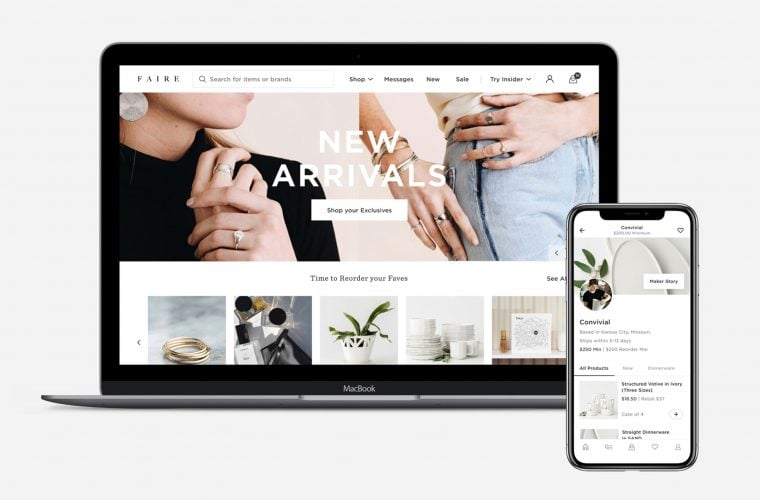
3 Ways To Customize Your Brand Experience
As a retailer, the idea of personalizing a consumer’s shopping experience is what will set you apart from your competitors within such a highly saturated environment. Customers are no longer accepting a simple buy-and-sell transaction, they want a unique experience that is tailored to their needs. So what can you do to offer this? Here are a few ideas.
1. Make Your Product Offering Customizable
Throughout every aspect of your product offering, it’s important to keep it customized and flexible so you can cater to specific customer requests — and you have to start from the beginning of the process. For example, it’s important to find suppliers like Apple Rubber that are willing to accept custom orders for various quantities. This will allow you to provide this same solution to your consumers. In the product offering stage, brands like Topshop offer a variety of clothing lines for different heights: petite, regular and tall. Rayban even allows you to customize your own sunglasses, giving you complete freedom to design your own pair and pick out the exact frame and color. By partnering with flexible suppliers, and keeping your own offering flexible, customers will be able to customize their own experience and likely leave more satisfied.
2. Always Listen and Communicate
The digital age has seen the birth of two-way communication between brands and consumers though social media. As a retailer, you can take advantage of this to always remain in contact with your audience, but also listen and cater to their specific requests. Through their online account and email sign-up, collect data on what they like and don’t like, where they’re located and what their shopping habits are. Then, you can use technology like GPS signaling to notify consumers when they’re near a store, send push notifications of special deals to entice them to make a purchase and let them know when a product they liked is back in stock. By remaining linked to each consumer, you create a more personal relationship and it’s easier for a customer to engage with your brand, Shopify says.
3. Utilize and Connect Different Platforms
While brick-and-mortar stores are still a common trend for many retailers, expanding your business to utilize the online environment is crucial to remaining competitive. Set up an online store so that your consumers can access your products from the comfort of their home, make it easy to browse from a mobile app so they can access it on the go and utilize social media to connect with your audience on a personal level. As a result, you’ll find that your consumers experience is completely flexible and personalized to their schedule and needs. You can even go to the next level and connect each platform — utilize tablets in-store so that consumers can buy items that might be out of stock in the brick-and-mortar store, or allow them to browse your online store and then come in to try on and pick up the items. By creating a pathway to connect and remain flexible, you’ll be able to give your consumers the chance to create their own experience.
As a retailer, you know the industry is constantly changing, so do what it takes to stay on top. With the digital age and mass production increasing in popularity, providing your consumers with a personalized experience is crucial. Take these few tips as starters to offering this add-on to your audience.
Photo Credit: Provided by Social Monsters with permission to use.














